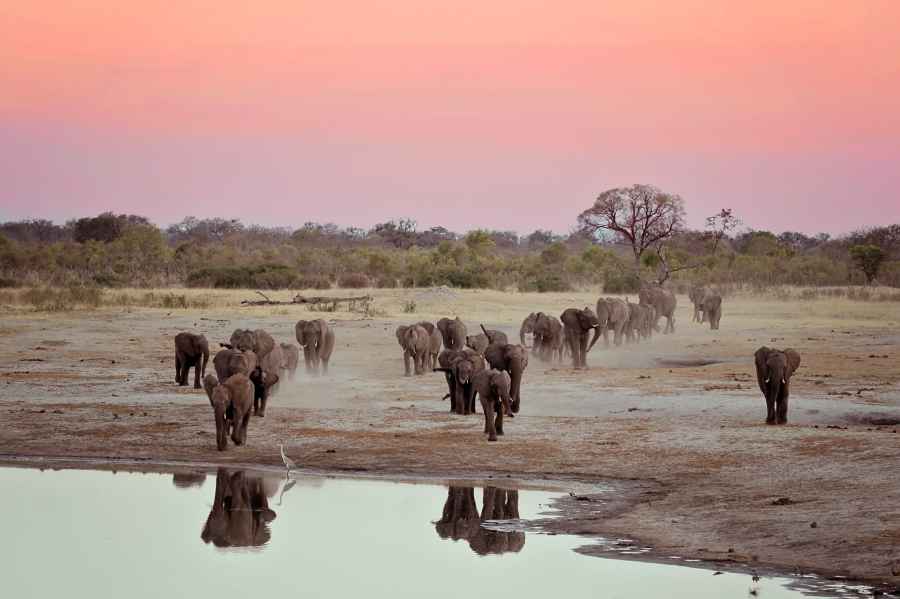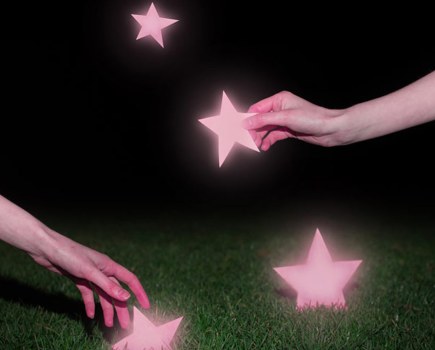Jason Wharam has a deep affinity with the African bush and its wildlife. Born in Nyamandlouvu in Zimbabwe, he fell in love with the bush, and the animals and birds who live there, while attending boarding school, and subsequently trained as a safari guide in various national parks all over Southern Africa. Jason relocated to the UK in 2007 and continues to run regular photographic tours back to Africa, as well as shooting around the British Isles. He also gives regular talks to Surrey Photographic Association.
How did you first become interested in photography?
I became interested in photography while working as a guide in Africa, and photographer clients would come on walking safari. But this was the 1990s, and photography was very expensive in Southern Africa. Once I got my own camera in 1995, my photography developed as an aid to my work as a safari guide. When you are studying lion, leopard and hyena, and sitting around for 19 hours a day, you need something to fill the time. So I started taking photos of the environment to help identify where the animals were resting and sleeping, and also to help teach trainee guides.
Do your trips back to Africa take a lot of organising?
Yes, as we take all the food we need with us and camp under the stars. I like to take six guests on a trip; anything more than that and your ability to take care of everyone in the bush diminishes, anything less and it’s not cost-effective.
What camera and lenses do you take with you to Africa?
I am not governed by my gear and the best camera is the one you have is one with you. Once you walking in the bush with a heavy backpack and weapon (purely for protection), the more restricted you are. So if I am doing a walking safari, I tend to use point and shoot cameras or a mobile phone. When we are camped or stopped at a watering hole, I will get out a smaller SLR, such as the Canon EOS 7D Mark II, along with 24-70mm and 70-200mm lenses – these are great for any situation.
What about accessories?
I swear by Vanguard Supreme cases – I have had an elephant stand on one and the gear inside survived. They provide me with the best care in the African environment. Everything out there is ‘make a plan’ – you need sturdy cases as it is not only the wildlife you need to worry about. The guys who load the vehicles sometimes just throw everything on and don’t really understand that a camera and lens can be worth many thousands of pounds. My daypack is the Vanguard Vaio VEO Discover 46, which is compact enough to wear comfortably all day but can easily house a Canon EOS 1D Mark 1V and a long lens. I also use the VEO 265CB carbon fibre tripod and the ALTA PRO 2+ 263 aluminium model.
What are your best tips for better images on photo safari to Africa?

1) Eye-level shots can dramatically enhance the impact of a photograph. Staring into a big cat or predator‘s eyes at their level gives you an idea of how powerful and majestic they are. It is not always easy to get the animal to look directly at you so try and photograph them on a termite mound or in a tree so that the eye-level shot can be achieved easily.

Wildlife photography, artwork and graphic editing from Jason Wharam Photography.
2) Many wildlife shots are based on capturing a fleeting moment. So really try to understand your subject’s behaviour and predict their movements. For example, if a leopard has a kill there is a good chance that they will find a tree to climb, so be ready for it. There is only one way to get to know wildlife…spend time with it. Don’t just hang around for a few minutes and seek out the next subject if the one you are observing or photographing isn’t delivering the goods.
 3) Don’t forget the tail. A tail can tell a lot about the mood of the animal and can make for some impressive and creative shots. When hunting, animals tend to keep their tails down in order to not bring attention to themselves. When the prey see them, you often find the tail swung into the air as if to say ‘I know you’ve seen me and I don’t care!‘ Cutting off a tail in a wildlife photo is as irritating as cutting off a limb or ear, and can often destroy a great image.
3) Don’t forget the tail. A tail can tell a lot about the mood of the animal and can make for some impressive and creative shots. When hunting, animals tend to keep their tails down in order to not bring attention to themselves. When the prey see them, you often find the tail swung into the air as if to say ‘I know you’ve seen me and I don’t care!‘ Cutting off a tail in a wildlife photo is as irritating as cutting off a limb or ear, and can often destroy a great image.
 4) The background or foreground are so important. A busy, cluttered background/ foreground – unless it is part of the story – can be the difference between a great image and a holiday snap. A shallow depth of field will also help blur out the background and any nasty distractions. Being able to move around to get a better view will always help. Remember if you struggle to see the animal with your own vision, chance are that you won’t be able to see it in a photo.
4) The background or foreground are so important. A busy, cluttered background/ foreground – unless it is part of the story – can be the difference between a great image and a holiday snap. A shallow depth of field will also help blur out the background and any nasty distractions. Being able to move around to get a better view will always help. Remember if you struggle to see the animal with your own vision, chance are that you won’t be able to see it in a photo.
 5) Last but not least, photograph the story. You don’t want to be working really tight with long lenses all the time. You need to show the environment of animals too — their habitat says a lot. So back off and use wide-angle lenses to give viewers a sense of where the animals live. Take pictures that tell the story even if the animal is not the subject. Zoom out when telling a story and try to get all subjects in the frame that add to that. Sometimes great pictures arrive without the animal even needing to be there. Fresh leopard tracks in the mud, late afternoon sunlight to generate crisper, longer shadows and a shallow depth of field to set the viewer’s eye on one particular focal point can all really help.
5) Last but not least, photograph the story. You don’t want to be working really tight with long lenses all the time. You need to show the environment of animals too — their habitat says a lot. So back off and use wide-angle lenses to give viewers a sense of where the animals live. Take pictures that tell the story even if the animal is not the subject. Zoom out when telling a story and try to get all subjects in the frame that add to that. Sometimes great pictures arrive without the animal even needing to be there. Fresh leopard tracks in the mud, late afternoon sunlight to generate crisper, longer shadows and a shallow depth of field to set the viewer’s eye on one particular focal point can all really help.








